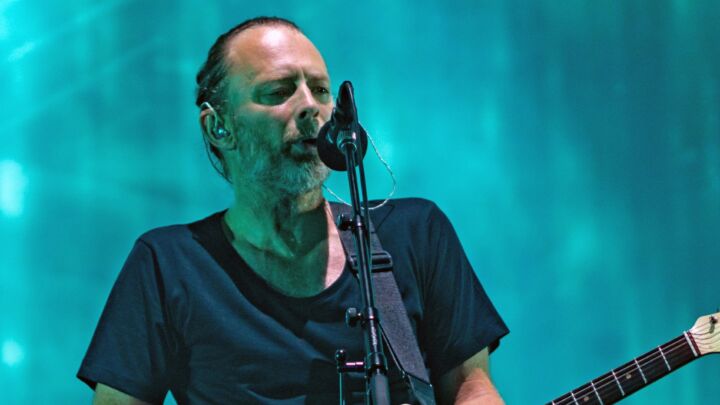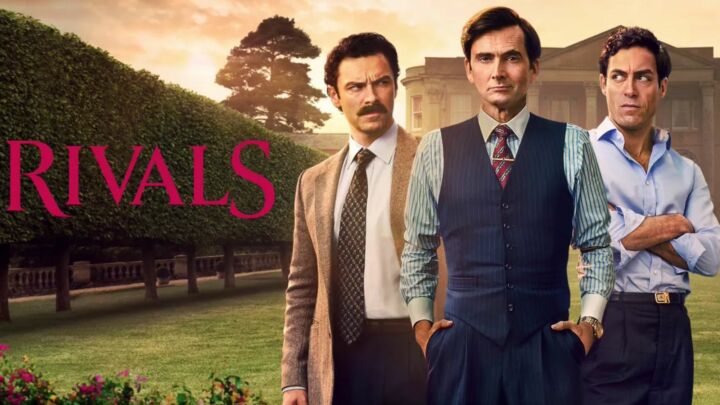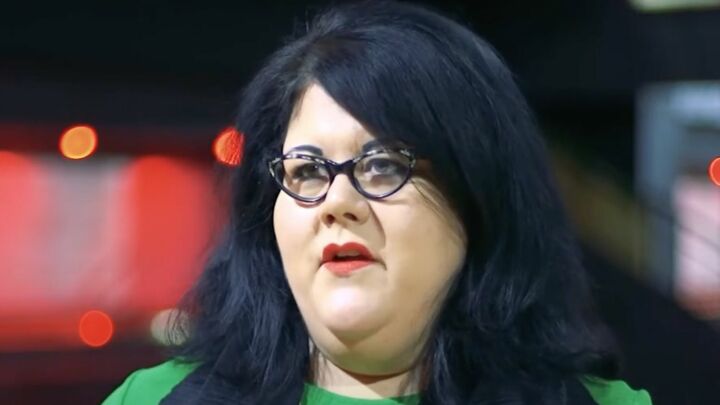A photographer’s life
From the formal portrait to the casual family snapshot, Annie Leibovitz always manages to reveal her subject’s humanity.

Want to read spiked ad-free? Become a spiked supporter.
Annie Leibovitz: A Photographer’s Life 1990-2005 at the Brooklyn Museum, New York until 21 January 2007
Annie Leibovitz is an institution. No other photographer’s work captures the American zeitgeist so well and no other photographer’s work has played such a large part in shaping it. Her career has both paralleled the rise of celebrity culture and produced some of its most enduring icons. And though her new retrospective, a mix of assignment work and personal images, includes more than a few portraits of the beautiful people, it also shows there is far more to her than that.
The work covers the period from 1990-2005, the shift of the centuries and, most intriguingly, spans her relationship with the late Susan Sontag who wrote so often and so brilliantly about photography. Indeed, Sontag’s ghost seems to permeate the exhibition, asking questions about the nature of the photographer’s art, intimacy and the way we see the world.
The work is arranged in no particular order and there is no attempt to make a distinction between the personal and the professional. As Leibovitz puts it: ‘I don’t have two lives. This is one life and the personal pictures and the assignment work are all part of it.’
The Leibovitz clan spills off the porch in an unruly Thanksgiving portrait. There are photos of Susan Sontag, looking thick-ankled and grandmotherly with Leibovitz’s daughter at the beach. There’s a picture of Leibovitz’s father and brother kitty-corner from the infamous pregnant, nude Demi Moore from Vanity Fair. William Boroughs peers out of the dark. Brat Pitt lies sprawled across a bed in Vegas, the victim of a fashion accident involving leopard print and stripes. Leibovitz’s mother clowns by the seaside. We almost feel we know them all, as if we have become part of the photographer’s world and history.
To make this impression even stronger there are two walls comprised of smaller versions of many of the larger prints on display pinned up in chronological order. Nieces and nephews grow into men and women. Leibovitz visits Sarajevo and Rwanda and experiments with landscape photography. Sontag wins her first fight against cancer. Leibovitz gives birth at 51 and then again a few years later. The Clinton administration comes and goes. The Bush administration moves in. The twin towers fall. Sontag becomes ill again and dies. Leibovitz’s father dies, all in the blink of an eye.
Seeing it all in order, it is striking how it’s not just up and coming actors and actresses for whom a Leibovitz portrait has become a rite of passage into stardom. Politicians, too, crave these images. The Clintons strike the pose particularly well in their just-so casual portrait. Bush, Powell, Cheney, Rumsfeld et al look less comfortable, as if they haven’t quite twigged how to project a coherent image.
The most touching part of the show are the photographs of Sontag. In particular there is a photo of her that Leibovitz took on a trip to Jordan in 1994. She is a tiny figure, there to add scale to a photo of the ravine leading to the ancient town of Petra, an image that seemed emblematic for Leibovitz. She writes: ‘She loved art, architecture, history and surprises. She knew so much but she always wanted to find out about something that she didn’t know before. If you were lucky you were with her when that happened.’
When Sontag died many commentators sniped about her vanity and her arrogance, but there’s none of that in these photos. She ages before our eyes, the famous white shock of hair overtaken by age and ill-health. She never smiles for the camera but she does dress in a full-length bear suit. In the end she is barely recognisable and the final images of her as she lies on the table at the funeral seem almost antique, like the artifacts of a life of some long-dead revolutionary. It seems so intimate and yet, perhaps because it’s her, it breaks the exhibition’s spell.
Leibovitz’s photographs offer us the illusion of intimacy. We remember the images and file them away with the long series of snapshots that make up the way we see the world. Some pictures become entirely incorporated in our memories to the point where we no longer know or care where they came from. But though the cult of celebrity is all about creating a sort of faux rapport with strangers and she does this better than anyone else, she also transcends it. The strength of Annie Leibovitz is that from the formal portrait to the casual family photo, she reveals her subject’s humanity. That is what we recognise. That is what is so compelling. It’s not simply what she shows us through her lens, but how she helps us to see it, that makes her great.
Nancy McDermott is a writer based in New York.
Celebrate 25 years of spiked!
A media ecosystem dominated by a handful of billionaire owners, bad actors spreading disinformation online and the rich and powerful trying to stop us publishing stories. But we have you on our side. help to fund our journalism and those who choose All-access digital enjoy exclusive extras:
- Unlimited articles in our app and ad-free reading on all devices
- Exclusive newsletter and far fewer asks for support
- Full access to the Guardian Feast app
If you can, please support us on a monthly basis and make a big impact in support of open, independent journalism. Thank you.






Comments
Want to join the conversation?
Only spiked supporters and patrons, who donate regularly to us, can comment on our articles.